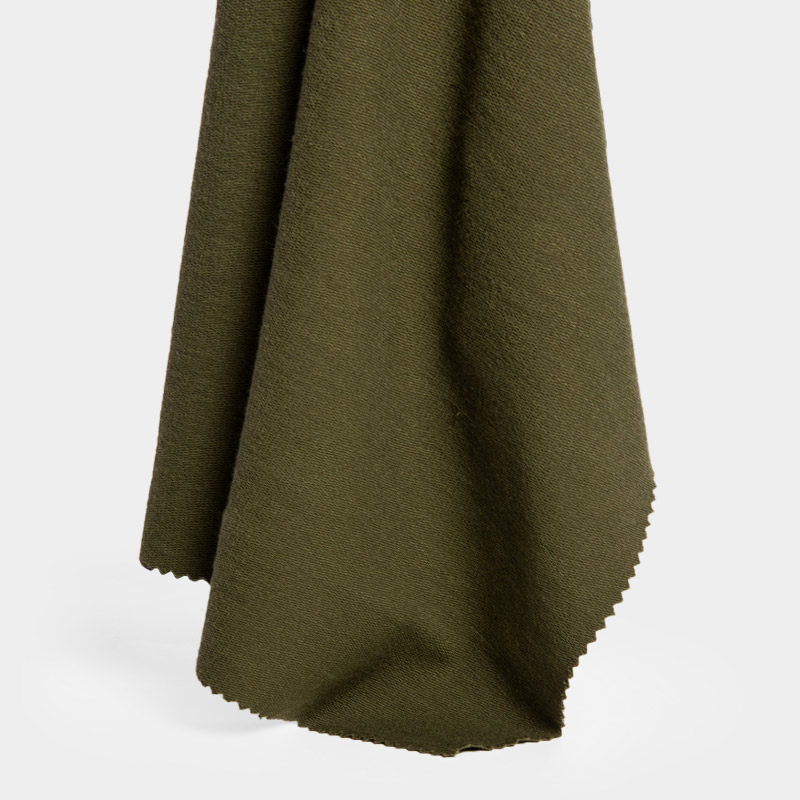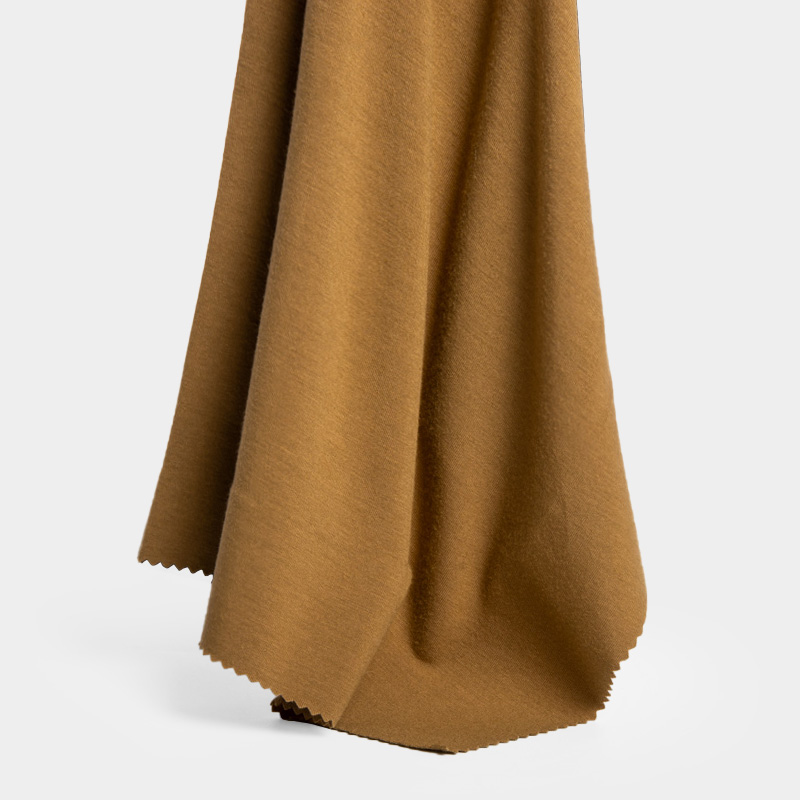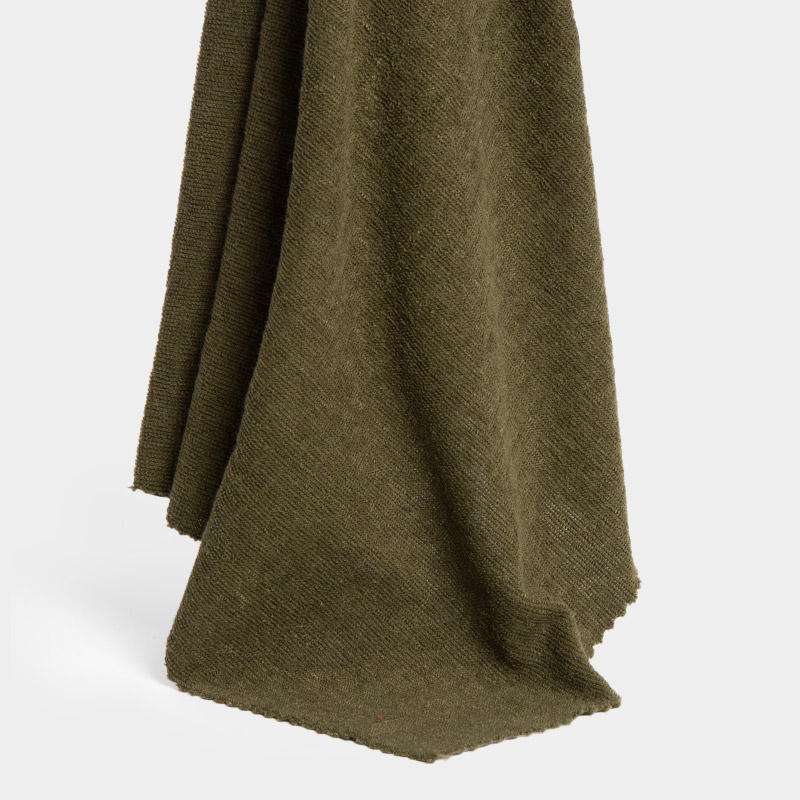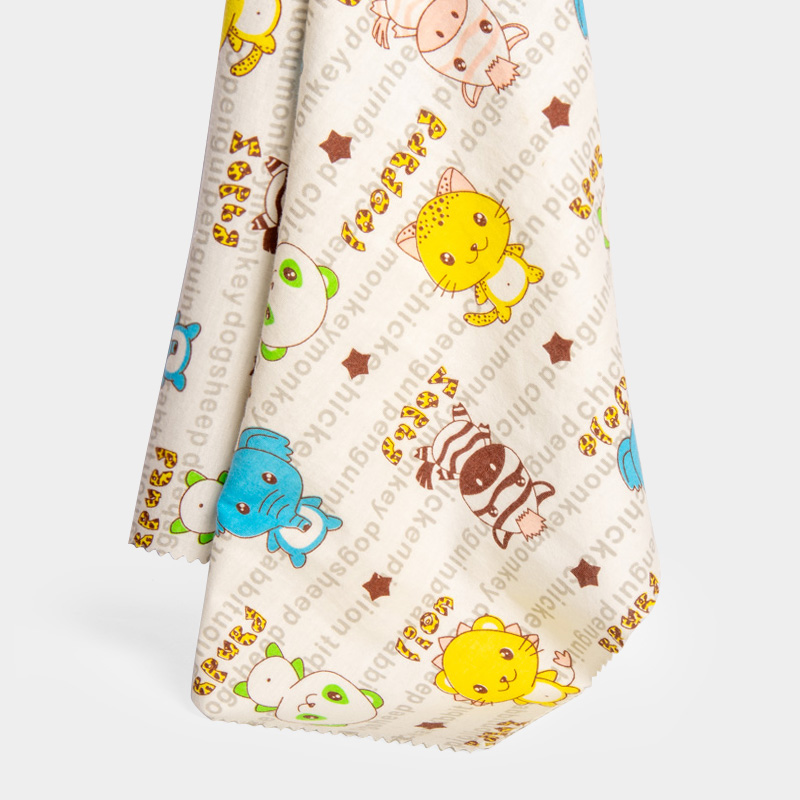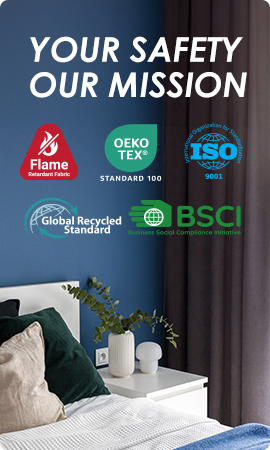Understanding GRS Flame Resistant Material: A Comprehensive Guide
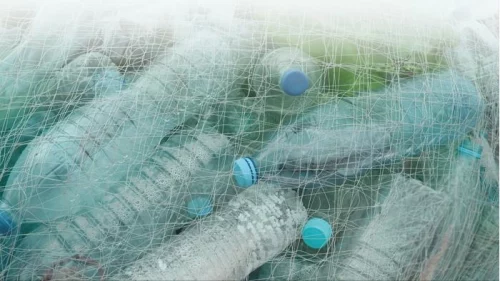
The Environmental Impact of Fabric Production
Processing textiles is one such process that follows a process contributing a lot to environmental degradation, from high intake of water, energy, and chemicals during the stages of production to the handling of waste contributing to pollution. This necessitates the importance of sustainable approaches in textile production.
Analysis of Ecological Footprint
Fabric production is an issue of concern, as it contributes a lot to global carbon emissions and water consumption, besides releasing harmful chemicals into the environment. While this contributes to environmental damage, awareness and analysis of these effects help in developing plans that reduce their negative effects.
Sustainable Practices in Textile Manufacturing
The textile industry has begun to use sustainable solutions for various issues and to include ecological materials and methods, such as recycling and energy conservation, so that it reduces environmental damage and makes the future greener for fabric manufacture.
What is GRS?
Definition and Purpose of Global Recycle Standard
The Global Recycle Standard is an international, third-party certification program that proves the contents of the recycled materials inside a product, while it abides by all the environmental and social practices in manufacturing processes. This aims to increase the percentage of the recycled material used in the textiles, while it promotes the transparency and traceability of the supply chain.
Importance of GRS in the Textile Industry
GRS plays a role in the textile sector, to inspire sustainability among manufacturers. Ratings on fabrics that are in line with its standards not only decrease environmental harm but also build consumer confidence in environmentally conscious products.
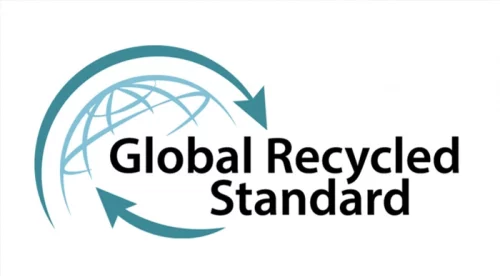
Requirements for GRS-Certified Fabrics
Criteria for Certification
In order to obtain GRS certification for fabrics, they must meet requirements such as having a designated amount of recycled materials in them and following social and environmental rules, along with chemical management guidelines. This criteria guarantees that the products with certification are truly eco-friendly.
Process of Achieving GRS Certification
The process includes steps such as obtaining recycled materials ethically in line with production standards, undergoing audits by third parties, and ensuring transparency across the supply chain at all times to ensure that only fabrics meeting rigorous sustainability standards are awarded GRS certification.
Advantages of GRS Certified Fabrics
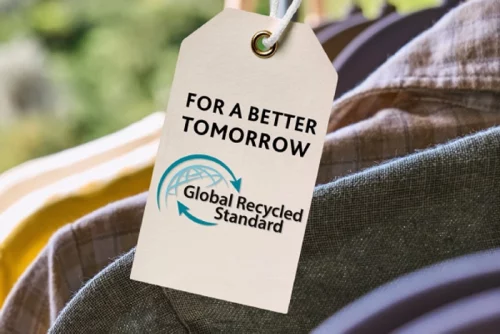
Environmental Protection Initiatives
Reducing Carbon Footprint
Another advantage of GRS-certified fabrics is that they contribute to carbon footprint reduction through the use of recycled materials and efficient production techniques, thus reducing the greenhouse gas emissions associated with conventional textile production processes.
Promoting Eco-Friendly Practices
GRS certification basically encourages manufacturers to adopt environmentally friendly practices, such as waste reduction and resource conservation, which help not only the environment but also support global sustainability goals.
Chemical Management Standards
Ensuring Safe Chemical Use
Fabrics certified by GRS follow guidelines for managing chemicals to guarantee the safe utilization of chemicals in the production process, a vital measure to safeguard the health of workers and protect the environment from hazardous substances.
Compliance with Global Regulations
These textiles adhere to rules regarding chemical safety to ensure they conform to global safety norms and attract environmentally conscious customers looking for safe options.
Traceability of Production Materials
Tracking the Supply Chain
GRS emphasizes on ensuring traceability by mandating comprehensive documentation throughout each phase of the manufacturing process. Monitoring the supply chain guarantees that all materials utilized are ethically obtained and handled in line with eco-friendly methods.
Enhancing Transparency and Accountability
Enhancing traceability in supply chains boosts transparency and accountability while building trust with consumers who value their shopping choices.
Encouragement of Recycled Material Innovation
Fostering Creativity in Recycling
GRS certification fosters innovation by encouraging ways to transform recycled materials into new products, nurturing a sustainable mindset within the industry, and upholding principles of a circular economy.
Supporting Sustainable Product Development
GRS promotes product development by emphasizing the use of recycled materials to reduce resource consumption while upholding quality and performance standards.
Materials that resist flames are crucial for clothing in environments with low heat exposure levels, such as those specified in ISO 14116 standards. Moreover, the blackout fabric with built-in flame retardant properties complies with NFPA 701:2019 Method 1 specifications, proving its effectiveness in ensuring safety in industries like metallurgy and oil fields, where containing fire spread is a priority and has been previously discussed.
Types of GRS Fabrics
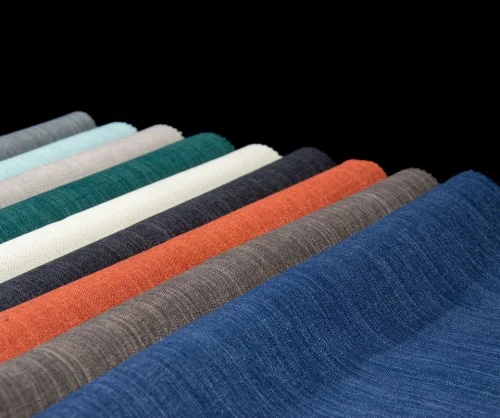
Organic Fabrics
Natural textiles come from fibers that are grown without pesticides or fertilizers in a process that’s eco-friendly and biodegradable by nature. To gain GRS certification, organic fabrics often require an amount of recycled material to align with sustainability criteria.
Recycled Fabrics
Using recycled fabrics is important for reducing textile waste and saving resources, as they involve turning waste fibers into textiles instead of adding them to landfills. The Global Recycle Standard guarantees that these fabrics have a confirmed level of recycled materials and meet environmental and social standards.
Plant-Based Fabrics
Fabrics derived from plants like bamboo or hemp provide an option compared to traditional textiles due to their fast growth and minimal resource needs. With the addition of recycled materials in the mix, plant-based fabrics can meet GRS standards. Support eco-friendly textile manufacturing practices.
Innovative Fabrics (Including Flame Resistant Materials)
Cutting-edge textiles include an array of sophisticated materials crafted to fulfill particular practical needs. These encompass flame-retardant fabrics engineered to endure heat without catching fire. Fire resistance or flame resistance is described as products or parts in the official standard. These textiles play a role in scenarios prioritizing safety, such as protective gear for workers in industrial settings.
BEGOODTEX GRS Certified Fabrics
Upholstery for Enhanced Quality of Life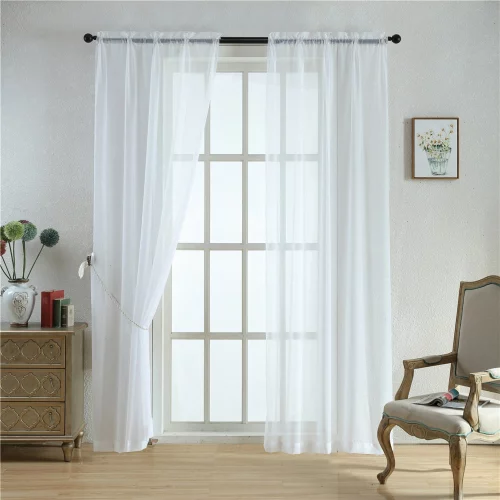
BEGOODTEX GRS certified upholstery fabrics are designed to improve your quality of life through a blend of sustainability, comfort, and durability. They are not only eco-friendly but also add style and practicality to homes and businesses alike.
Hotel Bedding to Reduce Waste
In the field of hospitality services and amenities for hotels, BEGOODTEX GRS-certified bedding solutions play a role in minimizing environmental impact by utilizing recycled materials effectively. They offer eco-friendly choices that uphold top-notch comfort and cleanliness standards to assist hotels in integrating eco-conscious practices effectively.
Event Supplies Demonstrating Social Responsibility
Organizers of events can showcase their commitment to responsibility by opting for BEGOODTEX GRS event supplies. These items emphasize the significance of sourcing materials and following eco-friendly production methods. This approach enables events to reduce their impact while raising awareness about environmental conservation among attendees.
Exploring More BEGOODTEX Multifunctional Flame Resistant Fabrics
Innovations in Fire Safety Textiles
In the realm of fire safety textile innovation, BEGOODTEX advances by creating flame-resistant materials that adhere to strict safety regulations. A durable flame-retardant textile is crafted through spinning, braiding, and coloring flame-retardant fibers. This material showcases qualities like durability against wear, heat resistance to washing and chemicals, and waterproofness. It also possesses anti-static features and high strength, making it a top choice for protective attire in sectors like metallurgy and oil fields.
Expanding Applications Across Industries
BEGOODTEX flame-resistant fabrics are versatile and can be used in industries for different purposes, ranging from protective clothing in coal mines and chemical plants to fire-safe furnishings in public areas that need extra precautions against fires. These fabrics offer dependable solutions where flame resistance is essential. The blackout fabric, with flame-retardant properties, complies with NFPA 701:2019 Method 1 standard, confirming its ability to hinder the spread of flames and minimize fire hazards effectively.

